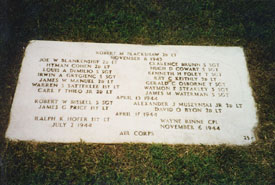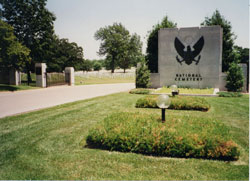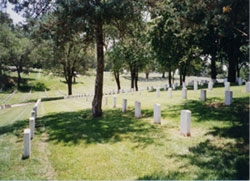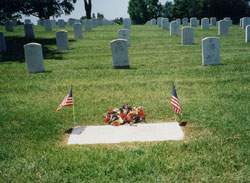|

Click to enlarge |
One of my first childhood memories is of my father coming "back cross lots" on a warm spring morning sobbing uncontrollably. He had taken the one block walk through his vegetable garden and a vacant lot to get to the post office and the morning mail. It must have been there he learned the grim news of his brother's death on a bombing mission to Budepest... the only time I ever saw him cry. |
|
| He was 2nd Lt. Joe W. Blankenship, B-24 navigator. To the Army Air Force and the Generals, Joe Willard, his bomber and fellow crew members, were an asset that had to be used to defeat the Germans. For every 100 aircraft sent out on missions, the Generals knew a certain percentage would not come back. That was the price of war. |
|
|
| To his family he was never just Joe. It was always Joe Willard. Like they had bestowed a title on him out of respect for the person. Son of a rural Kentucky share-cropper with seven kids, he was the best the family had to offer. |
|
| The term "he bought the farm" came from World War II when the next of kin became the beneficiary of a $10,000 insurance policy carried on military personnel. As a result, thousands of farms were paid for with the patriotic blood of sons lost in war. |
|
| So it was in the year 1944, Grassy Creek, Kentucky. George Washington Blankenship now could escape the yoke of being a share-cropper and purchase enough land to be a gentleman tobacco farmer. |
|
| On a 1948 summer vacation visit to GW (nobody called him George), when the tobacco plants were eye level for me and waist level for GW, he took me out to his well tended field adjacent to the house. In a stern manner impossible to forget, he said "see this stuff," gently shaking one of the huge green leaves, "don't ever use this stuff! It will kill you". |
|
| This was 1948, long before any Surgeon General's report, long before the tobacco king-pins would deny the addictive powers of tobacco, long before non-smokers would have any right to breathe clean air. But one did not argue with GW, nor did one forget his warnings. |
|
| Early in the 50's the U.S. Government decided to move Joe Willard's remains to a cemetery in the U.S. It was to be group burial though the family doubted if any part of Joe Willard's body would be in the grave. To my knowledge, nobody in the family ever visited the grave site. |
 |
|
| For several years, I kept getting signals from the deep recesses in my mind that Joe Willard was buried in the St Louis area. In 1997, my wife and I drove from Wichita to St Louis to call on a customer before driving on to Michigan for a few days with my family. |
|
|
 |
I decided to check. Sure enough there was a Jefferson Barracks National Cemetery phone number in St Louis. It took the gal who answered the phone thirty seconds to confirm his burial there. We would visit. |
|
| The cemetery is just off the Interstate and easy to find. The modern visitor center was just inside the main gate. Again, it took 30 seconds for the friendly and sympathetic receptionist to find the grave site on her computer. |
|
| After a short drive past thousands and thousands of headstones (122,000+), we were searching for Joe Willard's marker. |
|
|
| The headstone was amongst other group burials. Perhaps all re-interred at the same time, all flush to the ground. Possibly because by the time that all names were engraved on a vertical marker, it would be top heavy and prone to falling over. The site itself is given a much larger tract than that allocated for an individual grave. |
 |
|
| My wife and I decorated the grave with small American flags and a wreath made from colorful silk flowers that we purchased before leaving Wichita. We took photographs then wandered about some of the nearby graves reading the names and dates. |
|
|
| Jefferson Barracks is a reverent and peaceful place...within a mile of the great Mississippi River. It sits on a high bluff, well out of any danger from flood. And while the grounds were huge and well manicured, I did not see any grounds keepers nor hear any mowers even though we were there on a weekday morning. |
|
| Later on the Interstate headed north, we took time to read the handout on our Nation's 4th largest Military Cemetery. Flags are allowed on individual grave sites only on Memorial Day when a small flag is placed on each grave. Silk flowers are permitted during winter months...otherwise only live flowers. |
|
| It was too late to go back and change what we had done, but at least for a few hours, Joe Willard had two flags and a wreath of silk flowers. His family had not forgotten him. |
